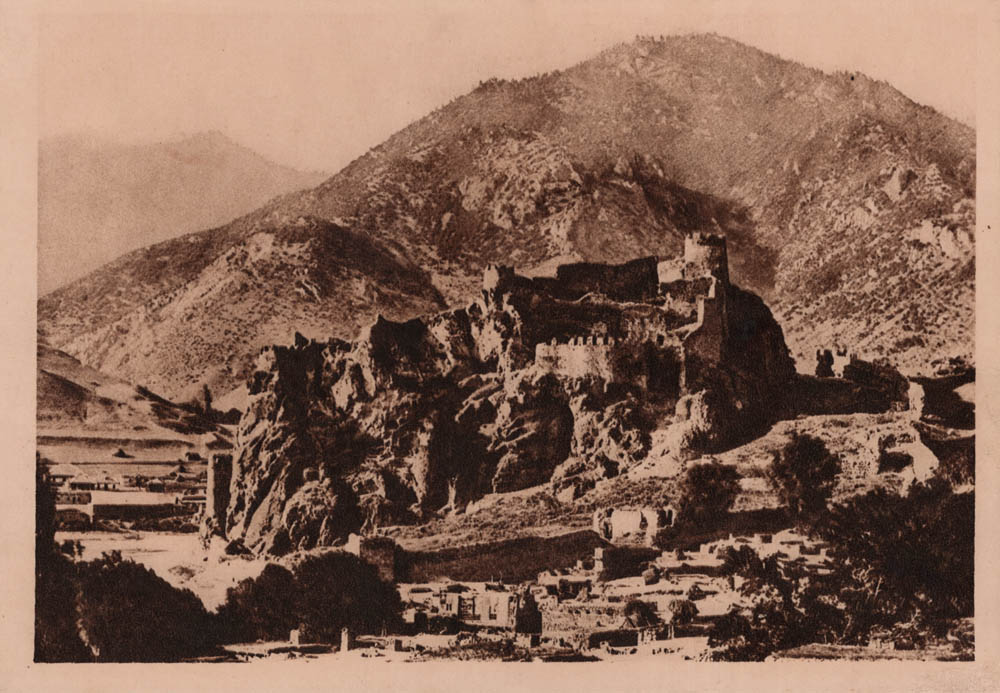The Atskhuri Fortress is located 30 kilometers southwest of Borjomi, on the right bank of the Kura River.
The present-day fortress of Atskhuri was built between the XIV and XVIII centuries.
In the I century AD, the town of Atskhuri was visited by Andrew the Apostle, who is believed to have brought with him the icon of the Atskhuri Mother of God.
A chapel was erected to house the sacred image.
The original building was destroyed by an earthquake in the XIII century and the rebuilt church did not survive the Turkish invasion—the remains of these structures can still be found on the grounds of Atskhuri Fortress.
In 1486, Atskhuri was besieged by Yaqub Beg, the sultan of the Aq Qoyunlu state.
Failing to capture the stronghold, he persuaded the townspeople to surrender under favorable terms.
Breaking the agreement, the sultan slaughtered the defenders and attempted to burn the icon, but it miraculously survived.
In 1770, the fortress was besieged by Heraclius II (1720–1798), the king of Kakheti, but he was forced to retreat due to the treachery of General Totleben (1718–1784).
Fearing Georgian betrayal, Totleben withdrew to Surami with his 500 men and regimental artillery.
However, in the following century the Turks abandoned the stronghold.
In 1828, Russian troops advanced on the fortress.
By order of Prince Vadbolsky (1780–1861), a detachment under Staff Captain Mamuka Tomazovich Orbeliani (1800–1871) was sent there.
The Georgian nobleman told the townspeople of the bloody massacre after the fall of Akhaltsikhe, thereby breaking their will to resist.
The fortress, with its 16 cannons and a garrison of 1,500 men, surrendered without a fight.
